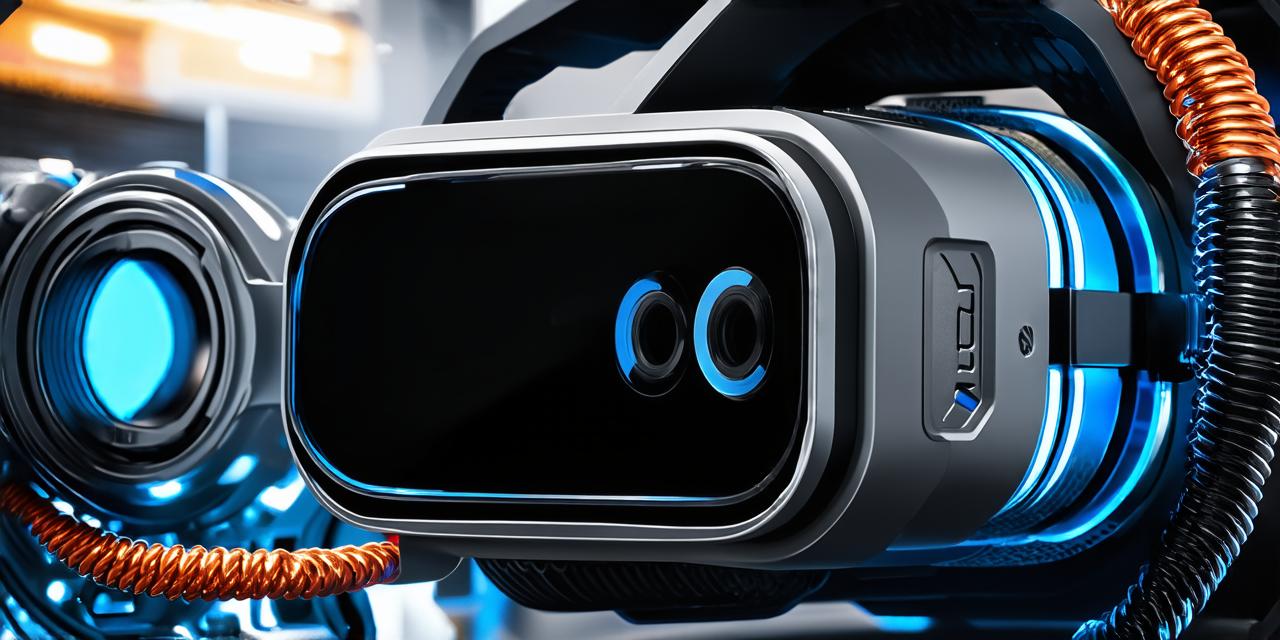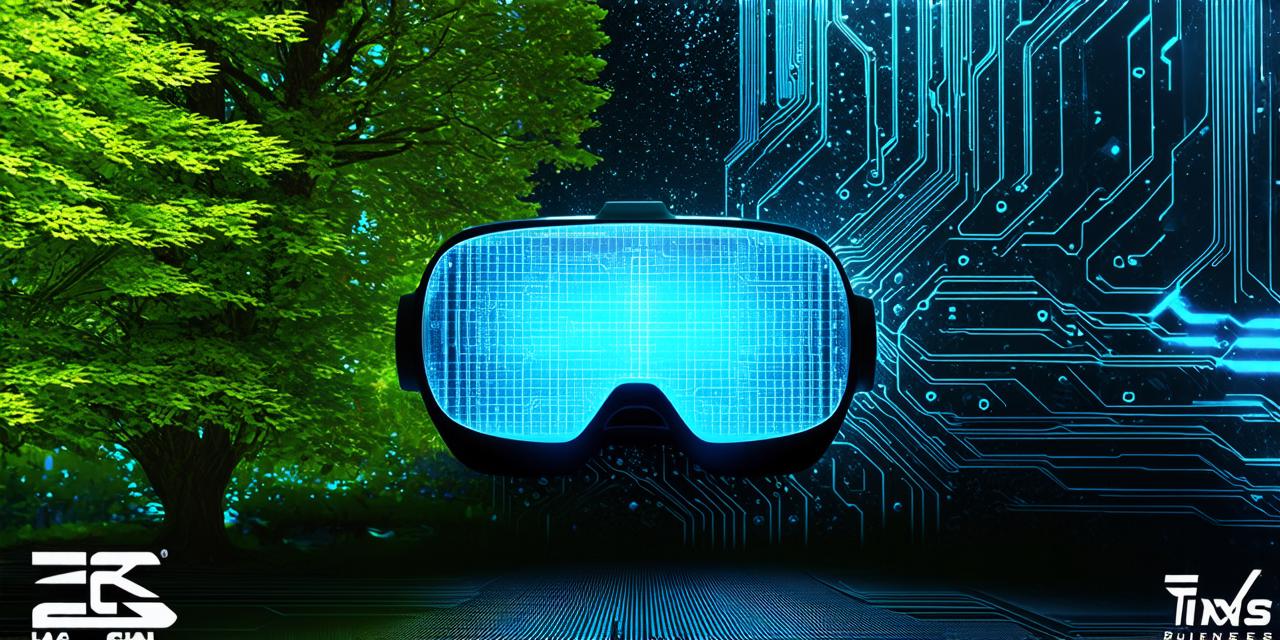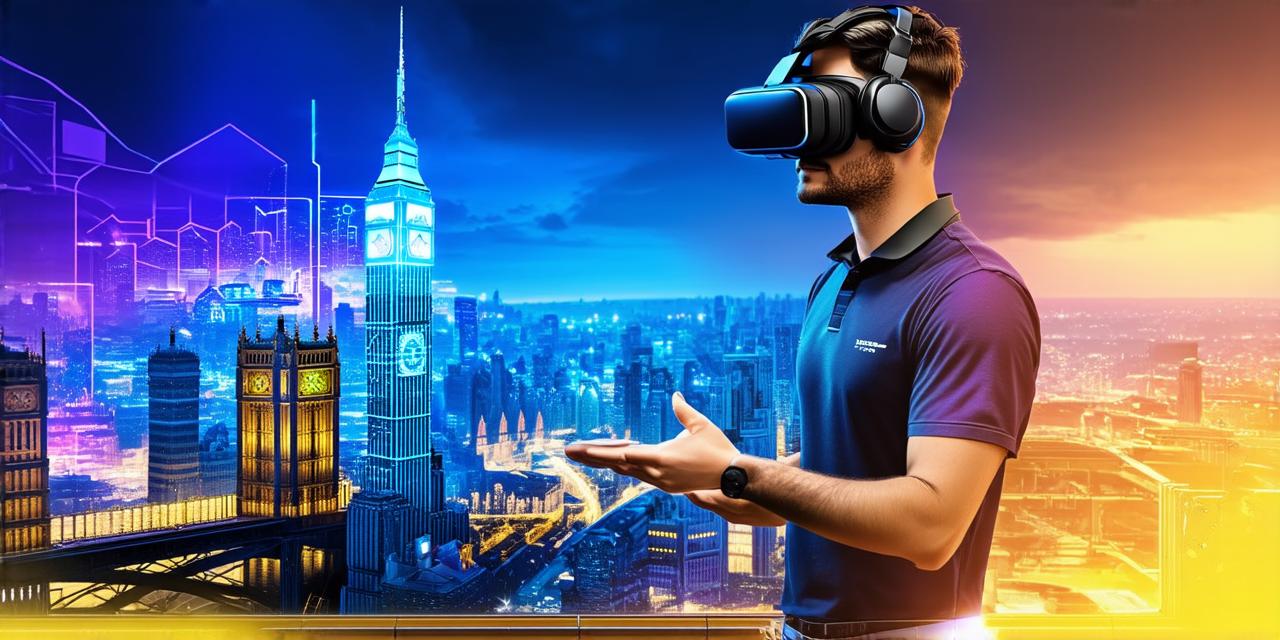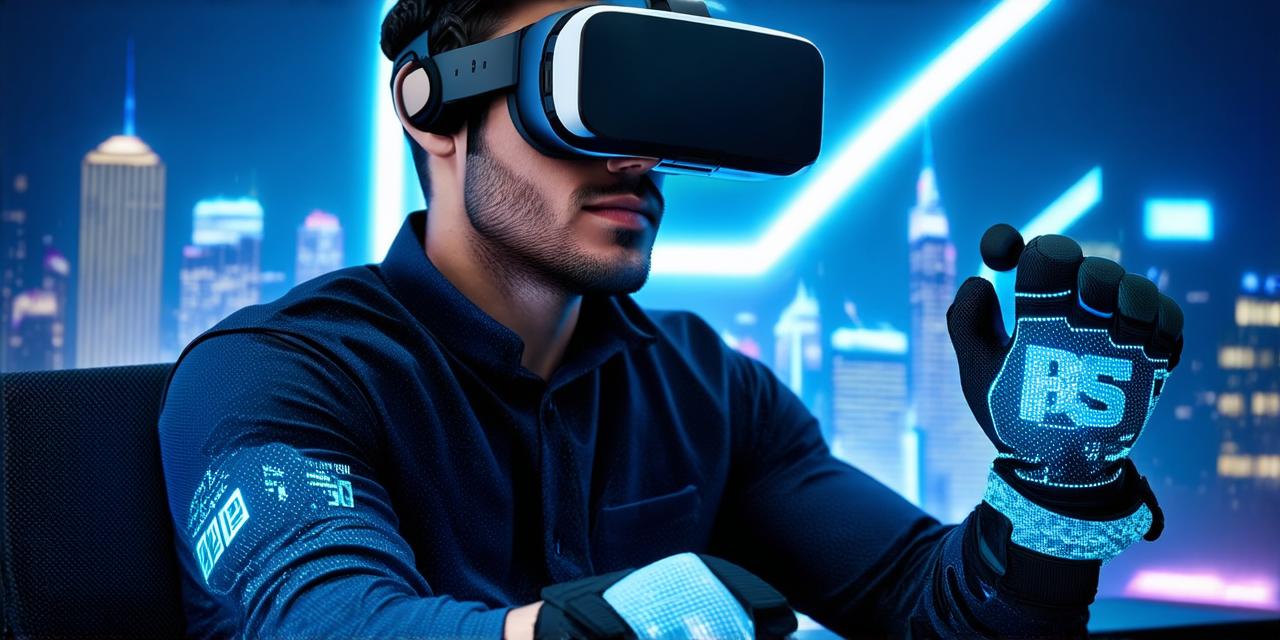Virtual reality (VR) technology has been rapidly evolving in recent years, and its potential applications are boundless. From gaming to education, healthcare, and entertainment, VR is revolutionizing the way we interact with digital content.
Understanding the Components of a Virtual Reality Headset
Before diving into the technical aspects of building a VR headset, it’s essential to understand its basic components. A VR headset consists of several parts that work together to create an immersive experience for the user:
- Display screens: These are the primary component of the VR headset. They project high-resolution images onto two lenses that sit at a distance from the eyes, creating a 3D illusion.
- Lenses: The lenses used in VR headsets have a unique property called stereoscopic display. This means they can produce separate images for each eye, creating depth perception and enhancing the 3D effect.
- Head tracking sensors: These sensors use cameras and sensors to track the movement of the head, adjusting the images displayed on the screens in real-time to create an immersive experience.
- Field of view (FOV): The FOV is the angle of the display screens that the user can see. A wider FOV provides a more immersive experience but can also lead to motion sickness.
- IPD: Interpupillary distance refers to the distance between the eyes. VR headsets need to be adjusted to the correct IPD to provide an accurate 3D image.
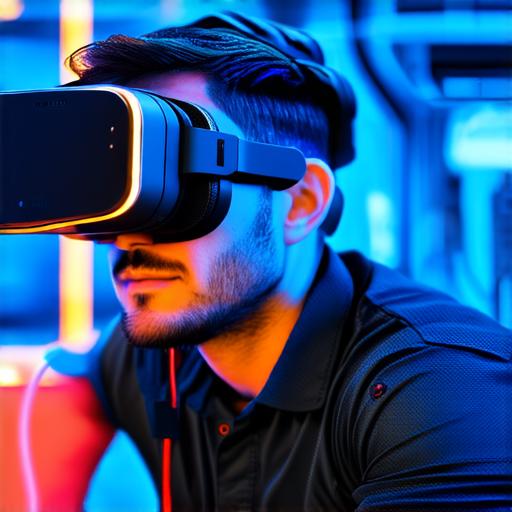
Designing the Headset Form Factor
Once you have a basic understanding of the components, it’s time to start designing the form factor of your VR headset. The design should be comfortable and lightweight, allowing users to wear it for extended periods without discomfort.
- Use lightweight materials: Lightweight materials such as foam, plastic, or carbon fiber can help reduce the weight of the headset and make it more comfortable for the user.
- Provide adequate ventilation: Proper ventilation is essential to prevent overheating and discomfort while wearing the headset. You can use fans or vents to provide adequate airflow.
- Adjustable straps: The straps should be adjustable, allowing users to customize the fit of the headset to their head shape and size.
- Eye-tracking sensors: Use eye-tracking sensors to improve the accuracy of the head tracking and reduce motion sickness.
Building the Headset Hardware
Now that you have a design in mind, it’s time to start building the hardware for your VR headset. The following are the basic components you will need:
- Display screens: Choose high-resolution display screens with a wide field of view. You can use OLED or LCD panels, depending on your budget and requirements.
- Lenses: Choose lenses with a high refresh rate and low distortion to provide a clear and immersive 3D image.
- Head tracking sensors: Choose sensors that are accurate and reliable, with a low latency to reduce motion sickness.
- Processor: Choose a processor with enough power to handle the demands of VR applications. You can use an off-the-shelf processor or build your own using a Raspberry Pi or similar single-board computer.
- Power supply: Choose a power supply that is efficient and safe, with enough current capacity to power the headset components.
Assembling the Headset
Once you have all the hardware components, it’s time to assemble your VR headset. The following are the basic steps you will need to take:
- Mount the display screens onto the headset frame using mounting brackets or straps.
- Connect the lenses to the display screens using adapter cables.
- Connect the head tracking sensors to the processor using USB or I2C cables.
- Connect the power supply to the headset and ensure it’s powered on.
- Calibrate the IPD of the display screens to provide an accurate 3D image.
- Test the headset by running VR applications and adjusting the settings as needed.
Troubleshooting Common Issues
Even with the best design and hardware, you may encounter issues while building your VR headset. The following are some common issues you may face and how to troubleshoot them:
- Field of view distortion: If the display screens are not aligned correctly, you may experience field of view distortion. Adjust the mounting brackets or straps to ensure the
